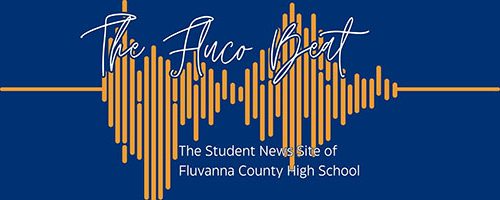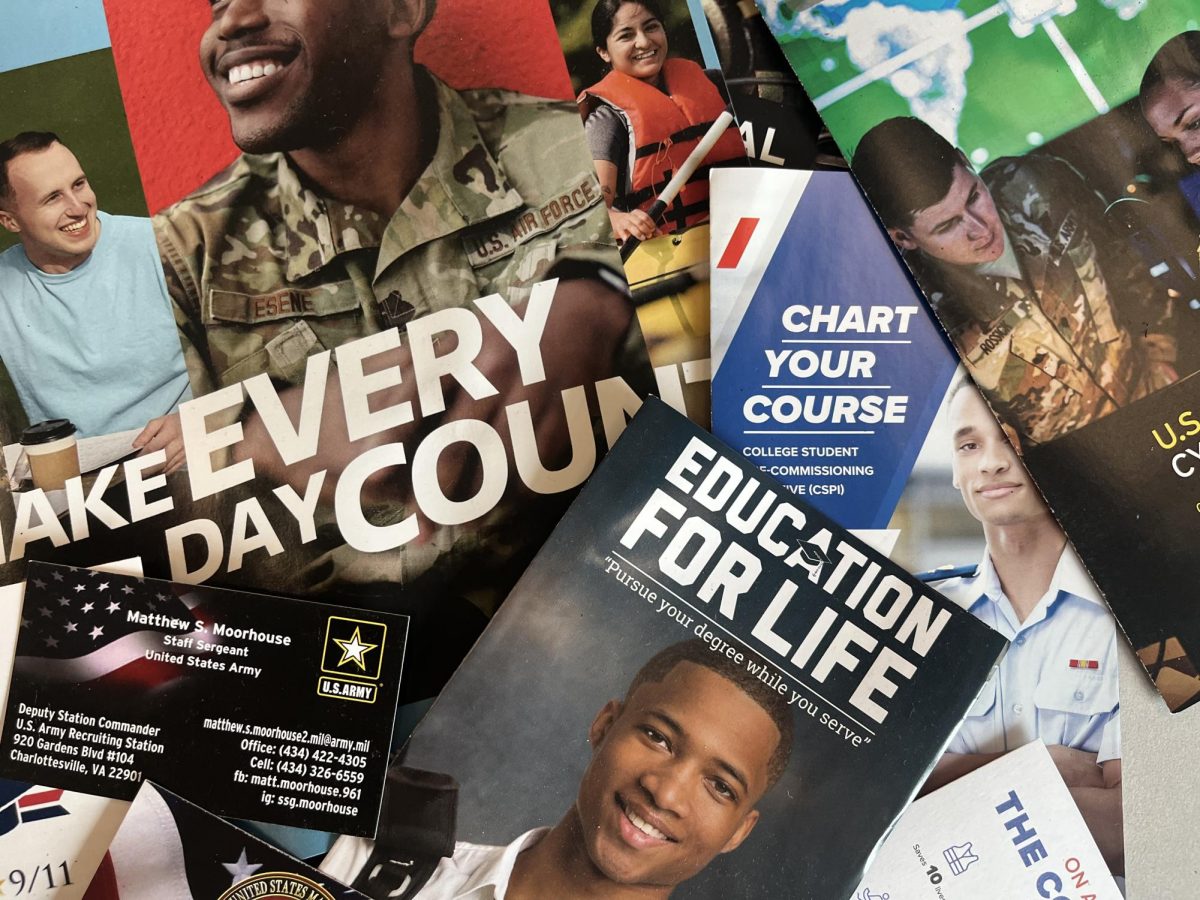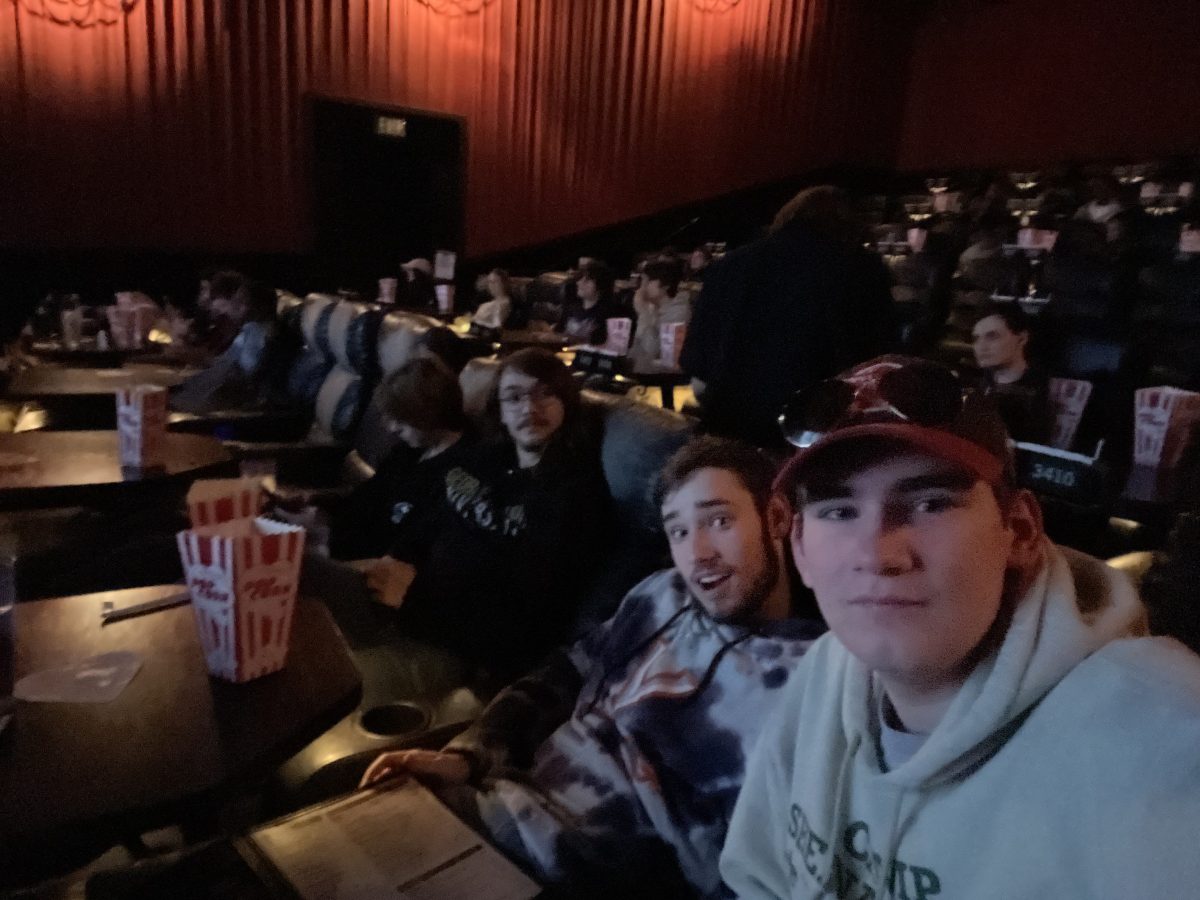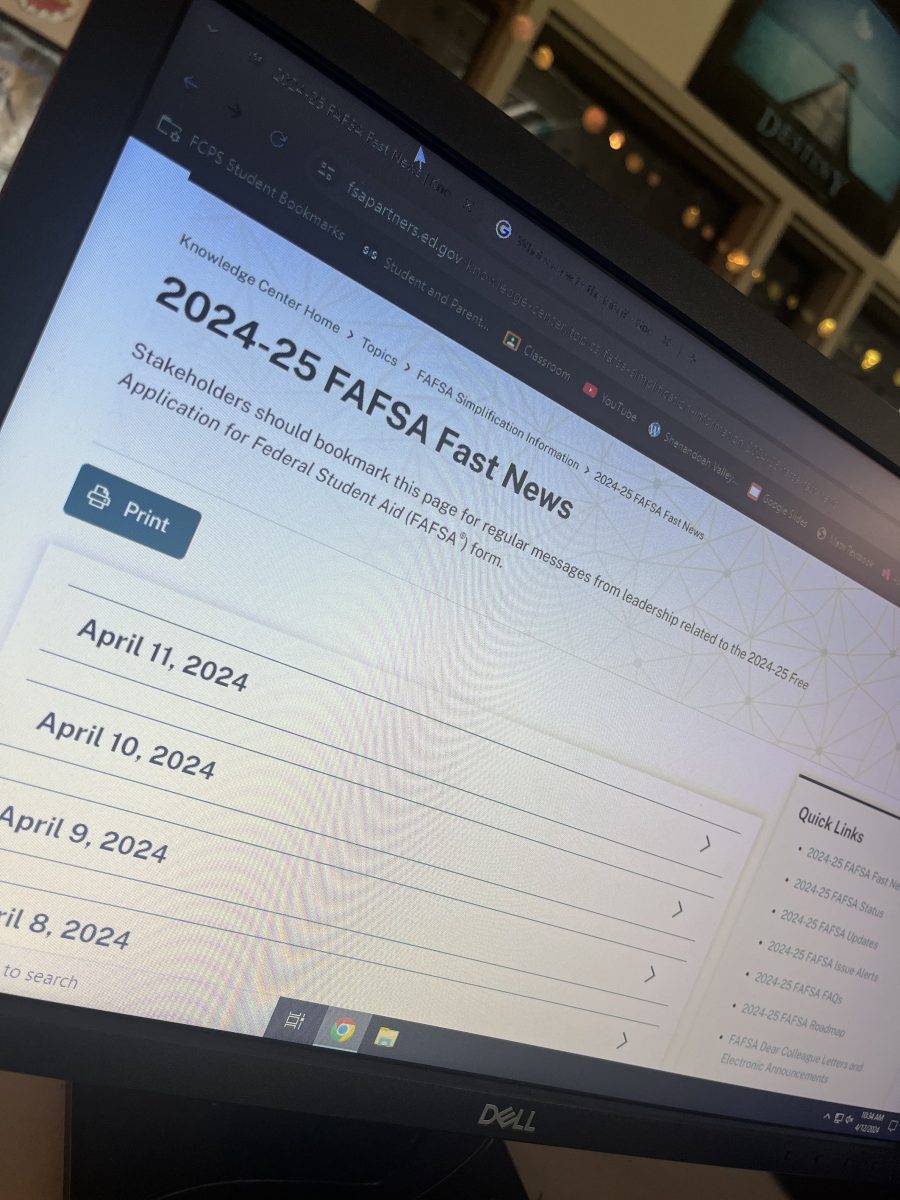If you’re an upperclassman, you may remember two years ago when Russia invaded Ukraine, and many FCHS students started selling blue and gold magnets and buttons to support the people of Ukraine. So these days, why do you never hear about FCHS students seeming to care about the conflict, which continues two years later with tens of thousands of casualties?
It seems like 2020 began a yearly tradition for nations to start some sort of conflict. In 2021, there was the Israel-Palestine crisis, in 2022, there was the Russian invasion of Ukraine, and in 2023, there was the Hamas attack on Israel. These three conflicts had very different responses. Some have incited a lot of protests and attention among Americans, while others had very little response or impact. After all, it’s hard to care about something happening thousands of miles and multiple continents away.
And yet, people–and that includes high school students–should be paying a lot of attention to these conflicts.
You may not realize that there is an international agreement, referred to as an “article,” that could lead to America getting involved in a war, similar to how World War I alliances pulled in countries other than Austria-Hungary and Serbia. It’s called the North Atlantic Treaty Organization (NATO)’s Article Five. Article Five says that if a member of NATO (which includes the United States) is attacked by an armed force, then all other NATO nations should take that as an attack on their country, and therefore take action to ensure the defeat of the enemy.
The first time that Article Five was invoked was on Sept. 12, 2001, less than 24 hours after the 9/11 terrorist attacks occurred. This, and the general international response to 9/11, led to a reported 136 nations offering military aid to the U.S.
According to the Encyclopedia of World Problems, military aid is “aid which is used to assist a country or its people in its defense efforts, or to assist a poor country in maintaining control over its own territory. Many countries receive military aid to help with counterinsurgency efforts. Military aid can be given to a rebellion to help fight another country. This aid may be given in the form of money for foreign militaries to buy weapons and equipment from the donor country.”
So what does this mean? It means that if, for example, Russia attacked France, America’s inclusion in Article Five would require the U.S. to send military aid, which could include weapons, finances, and, possibly, troops. If a situation like that happened and the conflict widened, it is possible that 18-25 year-olds could get drafted into the U.S. military, and yes, that means high school seniors.
Let’s say that the US gets involved in a war. Now what? They deploy the forces that they have. However, eventually, they will need more people to fill the ranks. That is where the draft comes into play. The draft is the result of the Selective Service Act. When the act was passed in 1917, it required all men aged 21-30 to register for the draft. From 1917 to 1918, the US military drafted roughly 2.8 million men. In 1942, as a response to WWII, the age bracket was widened to 18-37.
After WWII ended, the bracket was reduced from ages 18-37 to ages 18-25. The most famous use of the American draft was in the 1960s, when the Vietnam War happened. It is reported that between 1964 and 1973, 2.2 million men out of a pool of 27 million were drafted. For reference, that is one in every 10 men being drafted. However the draft does not randomly select people. Instead, selection is done by birth date.
Let’s quickly explain how the draft works. When you sign up, you are given a number corresponding to your birthday. So if you were born Jan. 1, you are number one, Jan. 2, you’re two, and so on. So in this hypothetical draft, on the first day, number 238 would get selected. Therefore, everyone who was registered in the draft’s database who was born on the 238th day of the year, Aug. 26, would be selected to join the military. This method of drafting soldiers would go on until either the ranks were filled or the war ended, whichever came first.
According to Military.com, in 1970, “Of the 366 possible birthdays in those years (leap years included), 195 birth dates were called for possible induction,” That means that 53 percent of the dates were picked and that men had a 53 percent chance of having to join the military. In addition, then as now, you cannot really opt out of the draft. If you want to avoid being forced to fight, your only choices would be to opt out because you had a mental illness, desired to continue your education, or became a conscientious objector.
Now you might be thinking, “I will just dodge the draft if that happens.” However, that would most likely just cause more problems. Draft dodgers during the 1960s faced imprisonment or forced military service. The only reason draft dodgers got away with it was because President Gerald Ford offered an amnesty program. The program had the dodgers work in alternative service for anywhere from six months to two years. Alternative service, according to the Selective Service System, includes working jobs that involve education, caring for the young and old, health care, and conservation. It is still an option for conscientious objectors today.
The bottom line is that students should care about overseas conflicts because if the U.S. joins a war–be it in Ukraine, Israel, or anywhere else we got involved–you could be drafted. You should especially care if you are 18 and can vote for president and members of Congress who, ultimately, will decide if we go to war or not. Pay attention to these conflicts and know who and what you’re voting for. If push comes to shove, you should know if you will be one of the ones shoving.








